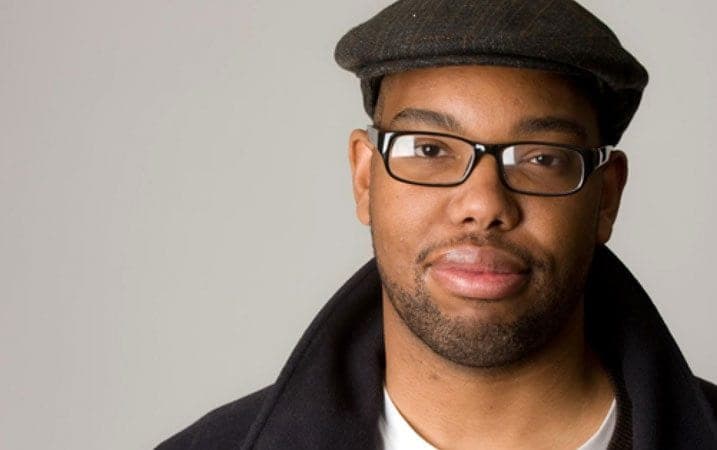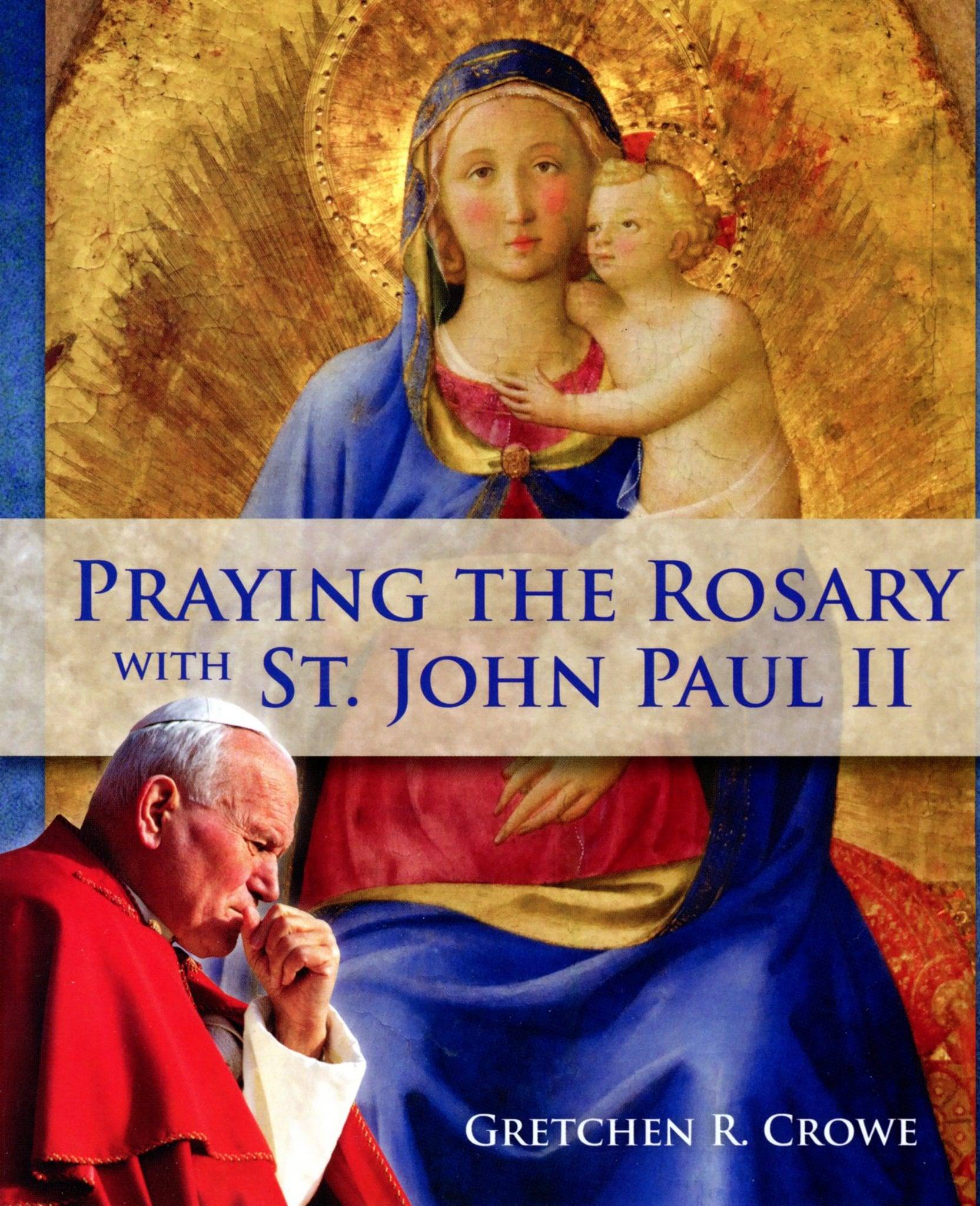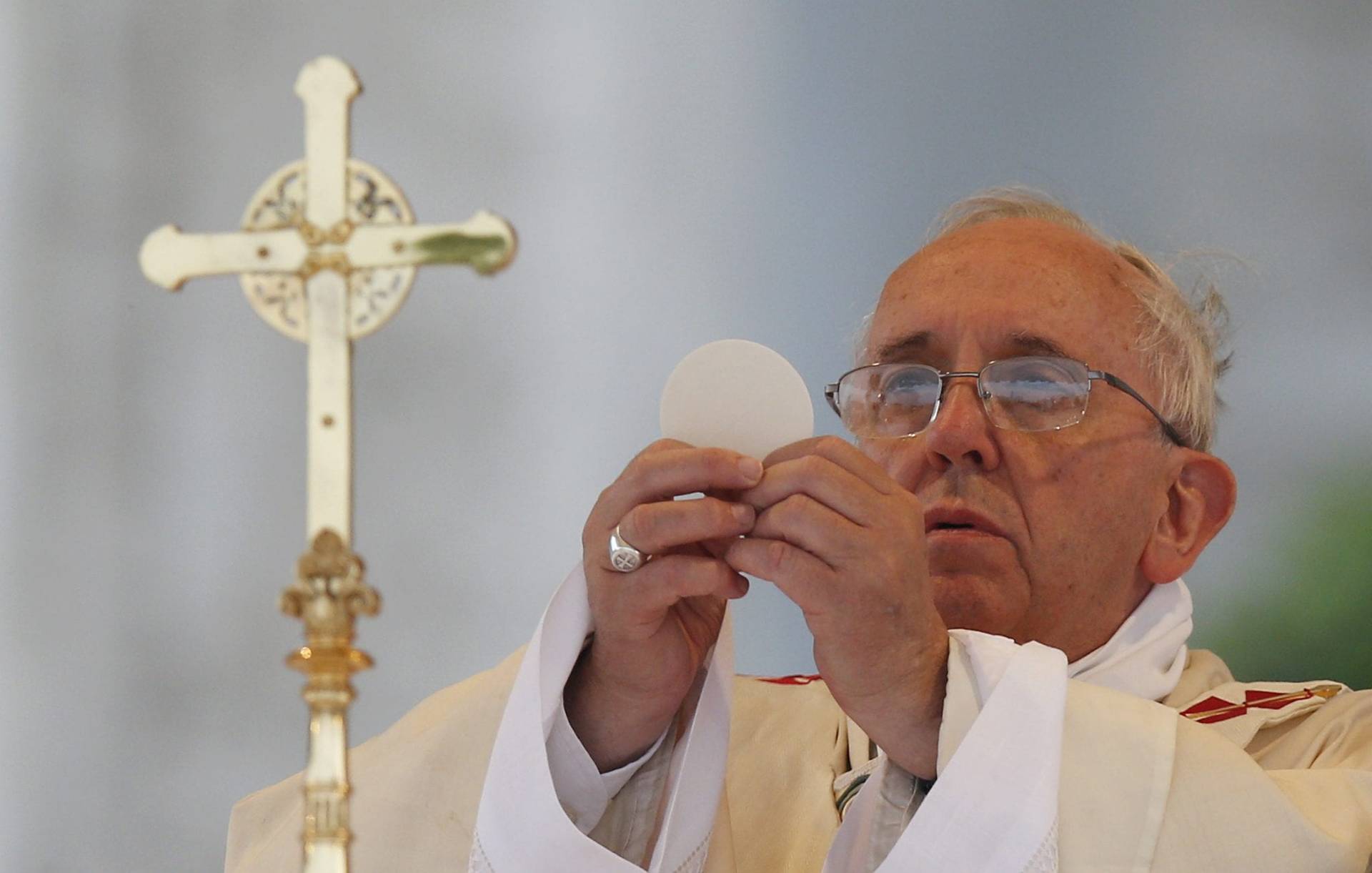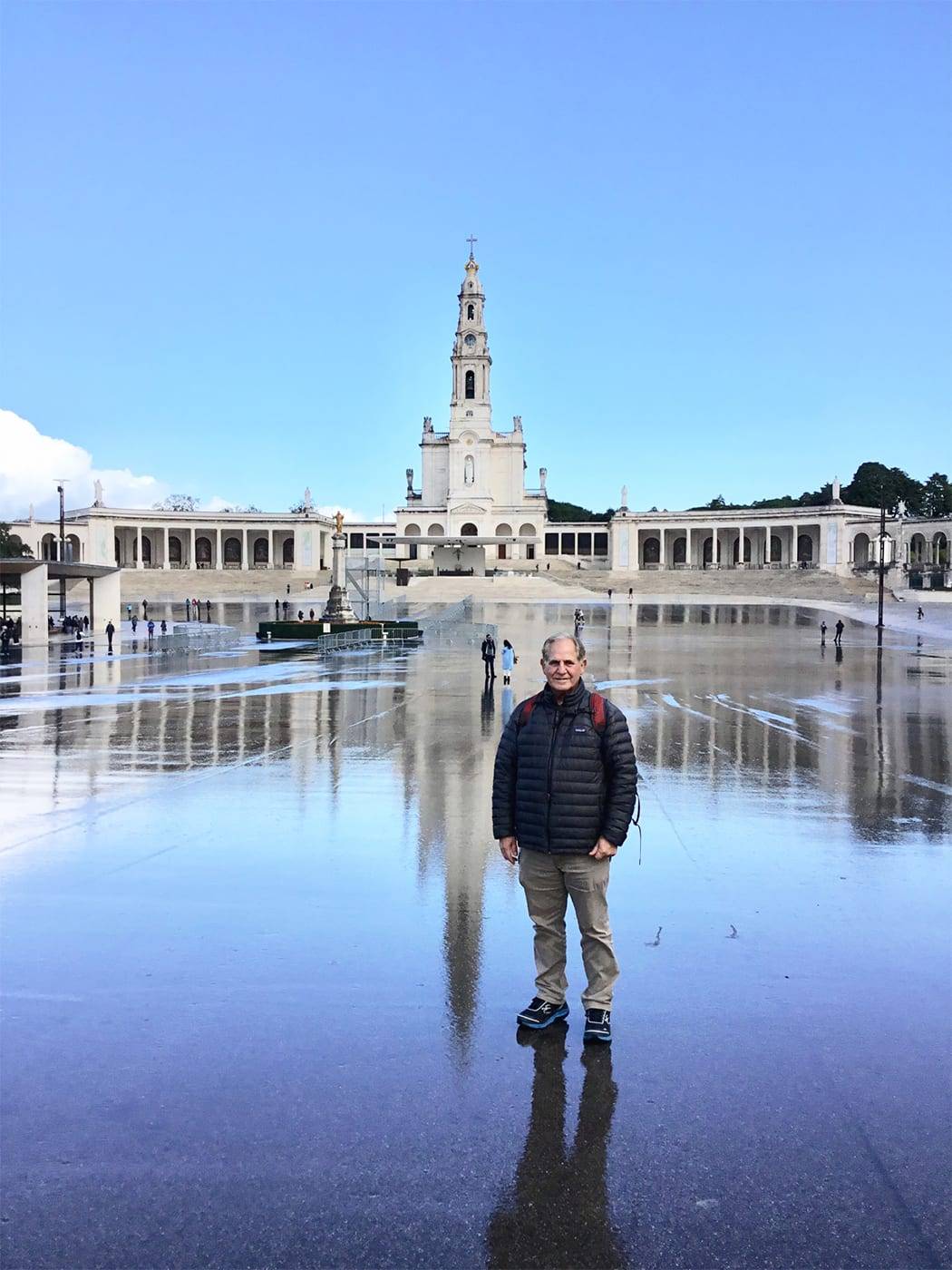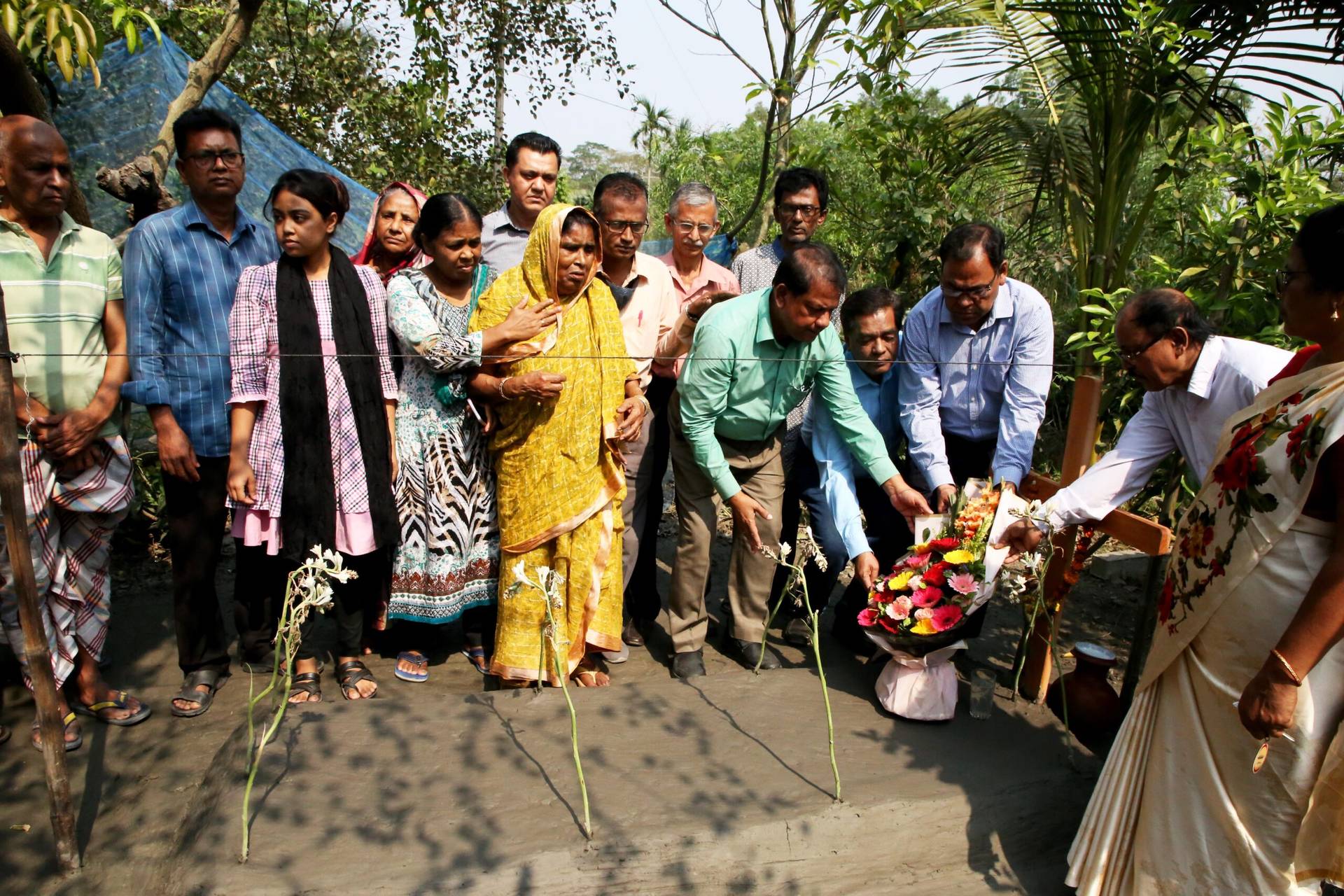There comes a time when the cup of endurance runs over, and men are no longer willing to be plunged into the abyss of despair.
— Martin Luther King Jr., “Letter From Birmingham Jail”
Two new books this season offer a kind of tragic freeze-frame of how far we have to go to recover the vision of Dr. King’s dream.
“Between the World and Me,” the National Book Award winner by Ta-Nehisi Coates, and “Waking Up White” by Debby Irving, present parallel tales from opposite edges of America’s racial landscape. Together they expose the extreme racial isolation that is still possible, not only in America, but around the world today. Coates’ book is an extended cry of anguish; Irving’s, an offering toward a healing way. Both deserve our attention at a time when it seems that we have lost the path and forgotten the dream.
Coates grew up in inner-city Baltimore in the late ’70s. “To be black in the Baltimore of my youth was to be naked before the element of the world, before all the guns, fists, knives, crack, rape, and disease,” he writes. Irving grew up in the ’60s in a white suburb of Boston, where existence meant fitting in at the country club. Nothing in their stories is nuanced, shaded, gray; all is black and white, backgrounded by caricatures of the “other.”
Coates’ account is devoid of contact with any positive white presence. He never seems to have rubbed shoulders with white neighbors, workers, or classmates. His experience of the white world was “this television bearing witness to the dispatches from this other world. There were little white boys with complete collections of football cards, and their only want was a popular girlfriend and their only worry was poison oak.” He left Baltimore to attend Howard University (what he refers to as his Mecca), an all-black academic milieu in which he dedicated his time to studying the nature and destruction of black culture and winnowing among the numerous voices of black history the vital threads of his own. Eventually, (“The classroom was a jail of other people’s interests,”) he left Howard to pursue a less conventional life as a writer. “I began to see discord, argument, chaos, perhaps even fear, as a kind of power,” he writes. “The gnawing discomfort, the chaos, the intellectual vertigo was not an alarm. It was a beacon.”
Irving was so protected her parents didn’t let her watch the TV news. She was unaware that her two older sisters traveled south to work in the civil rights movement, because her parents didn’t tell her the movement even existed.
Coates may be the John the Baptist of our time. Written as a letter to his son, his book was triggered by the unfounded police murder of a Howard peer. The victim, the son of a prominent radiologist, had been raised with all the privilege and opportunity afforded any upper-class American child. He’d attended private schools, taken trips to Europe, and was mistaken for a drug dealer by a officer who bore no consequences for his action.
“Prince was the superlative of all my fears,” Coates writes. His death gave the lie to racial progress. At any instant, for any reason, if you are a black man, you will be destroyed. It wasn’t any different than it had been on the gang-and-drug-dominated streets of his childhood.
Irving’s story offers a moving antidote for those of us confused about how to proceed in these deeply polarized, painful times. Hers is a story of dawning consciousness and genuine conversion. It is one of the most hopeful books I have read on race in a long time.
Irving plunged into her career in the racially diverse schools of Cambridge, Mass., to make a difference. As an arts administrator, a volunteer mother, and finally as a teacher, she worried over the entrenched achievement gaps, the interracial friendships that never seemed to get easier. At the age of 48, she returned to school to earn a master’s in special education. At Wheelock College, in a class she happened into, “Race and Cultural Identity,” she was introduced to the idea of “whiteness” as race consciousness that over centuries translated into a sense of superiority, of whiteness as the desirable norm, and policies that have devalued, separated, and barred non-whites from full participation in society.
The Voting Rights Act of 1964 that her sisters worked to achieve accomplished much. But it didn’t redress the unjust administration of the GI Bill for returning WWII vets that set up parallel tracks of achievement between black and white men. It didn’t prevent redlining or the resulting segregation into inferior housing. It didn’t change the different ways in which the justice system treats black and white youthful offenders, and much more.
Irving carefully and accessibly explains “systemic racism,” (institutionalized prejudice), in such a way that readers understand what it means to retain membership in a system of domination. She doesn’t browbeat or harangue. She eloquently describes the invisible quantifiers of social capital (what she calls “tailwinds”) and the uplift that this gives people of one skin color over those who go through life buffeted by relentless “headwinds.” She explores the nature of power, and abuses that inevitably arise when one group exercises dominance over others. Even a little bit of power becomes a conduit for absolute evil. Pontius Pilate wasn’t far from my mind as I read.
As we observe the holiday that honors a deeply prayerful game-changer, in the spiritual murk of our current situation, the biblical parallels are almost too obvious to mention here. There’s a danger of veering, through them, off the course of our present reality and into interpretive niceties. Suffice it to say that those of us in the dominant group should read both of these books. And the conversation that emerges must focus not only on re-examining with renewed energy our policies and power, but on the foundational merits of dialogue, inclusivity, genuine relationship, and welcome. The middle ground, the common ground, has been lost without our being aware of it. These books goad us to return to the path of truth.
Irving’s conversion has led her to become a “racial justice educator.” She offers pathways to systemic redress of policies that continue to separate and perpetuate inequality. Her cri du coeur is hope-filled. “At this point,” she writes, “the only thing needed for racism to continue is for good people to do nothing.”
